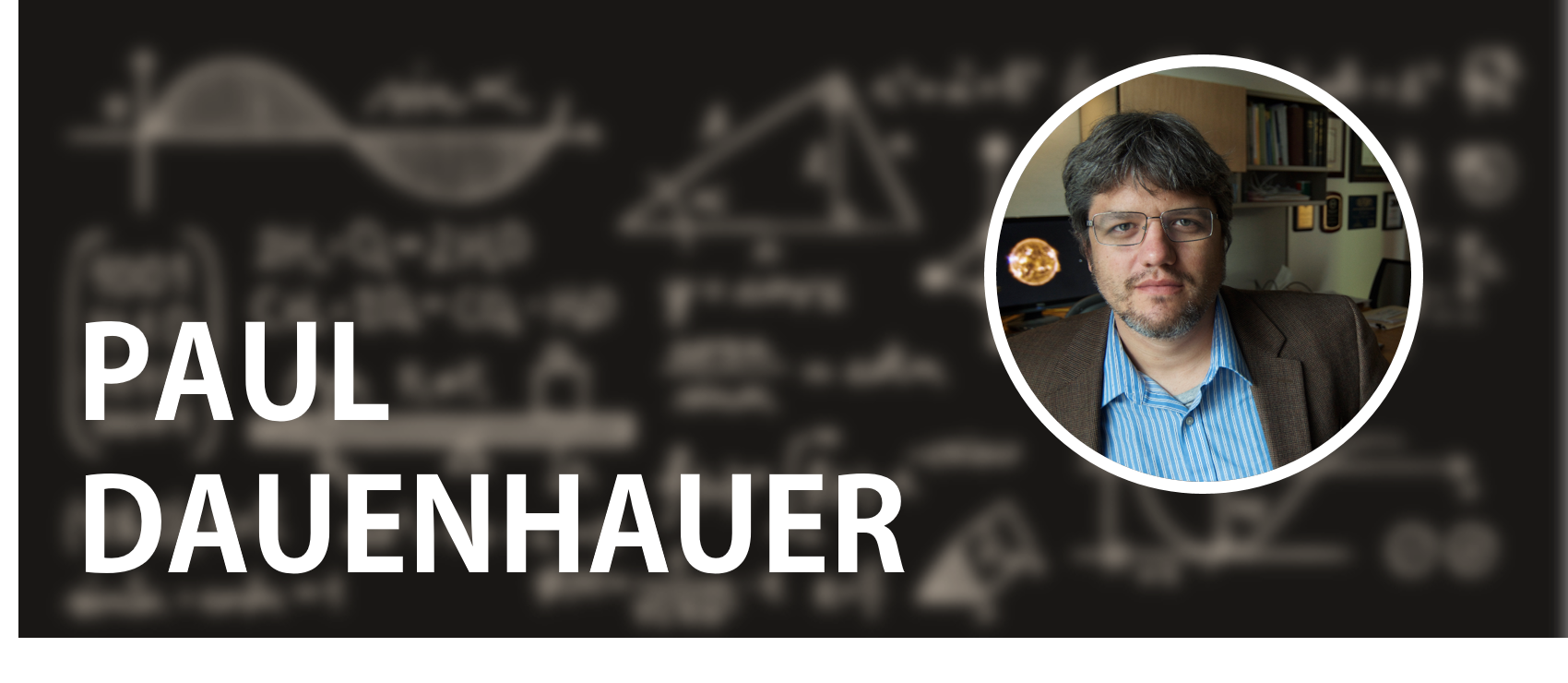WHAT DID THE 2011 EARLY CAREER AWARD ALLOW YOU TO DO?
Using non-food biomass from plants and trees for fuels, chemicals, and materials requires the controlled breaking apart of biopolymers, including cellulose.
Decades of research have focused on thermal processing technologies including biomass gasification, pyrolysis, torrefaction, and combustion. This research has identified about 450-500 °C as an important temperature range where most plant-derived material begins to break apart at an appreciable rate.
This catalytic activation of the material is critical for accessing the bonds of organic material in the form of small molecules.
However, the activating mechanisms controlling this behavior have remained unknown due to the chemical complexity of biomass at high temperature.
Additionally, the composition of biomass contains naturally occurring metals such as magnesium and calcium. These metals catalyze the activating mechanism. This reaction results in a complex competition between self-catalyzing cellulose activation mechanisms and metal atoms that disrupt the crystalline structure of biopolymers and help break them apart.
In my work, we have developed a new catalytic reactor that permits for the first time the millisecond-resolved activation of biopolymers.
Using this new research reactor, the evolution of products of biopolymers was measured to reveal key catalytic transitions in cellulose activating mechanisms. At 467 °C, cellulose overcomes its network of inter-chain bonds, freeing itself to break apart into small molecules. Below this temperature, activation of cellulose requires neighboring chains to self-catalyze the breaking of bonds between monomers.
This behavior is further complicated by the presence of calcium and magnesium ions, which catalyze chain scission of polysaccharides. Experiments revealed for the first time that metal ions work in pairs to both free the cellulose chain and stabilize the catalytic reaction, giving significantly faster biomass reactions at lower temperatures.
ABOUT:
Paul Dauenhauer is a professor of Chemical Engineering & Materials Science at the University of Minnesota.
SUPPORTING THE DOE SC MISSION:
The Early Career Research Program provides financial support that is foundational to early career investigators, enabling them to define and direct independent research in areas important to DOE missions. The development of outstanding scientists and research leaders is of paramount importance to the Department of Energy Office of Science. By investing in the next generation of researchers, the Office of Science champions lifelong careers in discovery science.
For more information, please go to the Early Career Research Program.
THE 2011 PROJECT ABSTRACT:
Natural and Primary Catalysts for Molten Cellulose Pyrolysis to Targeted Bio‐oils
The use of lignocellulosic biomass as an alternative reduced‐carbon feedstock processed within high temperature thermo‐chemical catalytic reactors is hindered by a limited, fundamental understanding of the role of catalysts that naturally exist within biomass.
The natural catalysts of biomass including the inorganic ions necessary for biological function as well as the oxides obtained from soils have been shown to exhibit significant influence during pyrolysis. The objective of this research is to study the catalytic chemistry of naturally occurring inorganic materials within high‐temperature molten carbohydrates to understand their effect on the selection of volatile organics and gases produced during pyrolysis.
The role of inorganic catalysts on biopolymer decomposition within the high temperature (> 400 °C), intermediate condensed phase will be interpreted through a targeted study of specific molten carbohydrate reactions. The study will include ether hydrolysis, retro‐aldol condensation, and dehydration, which select for the competing catalytic pathways of product formation.
The reaction intermediates and oxidation state of natural catalysts within the molten liquid will be characterized with the use of an experimental technique. This new, liquid sampling technique will be capable of extracting and quenching molten carbohydrate/catalyst mixtures.
RESOURCES:
C. Krumm, J. Pfaendtner, and P.J. Dauenhauer, “Millisecond pulsed films unify the mechanisms of cellulose fragmentation.” Chemistry of Materials 28, 9 (2016). [DOI: 10.1021/acs.chemmater.6b00580]
V. Maliekkal, S. Maduskar, D. Saxon, M. Nasiri, T. Reineke, M. Neurock, and P.J. Dauenhauer, “Activation of cellulose via cooperative hydroxyl-catalyzed transglycosylation of glycosidic bonds.” ACS Catalysis 9, 1943 (2019). [DOI: 10.1021/acscatal.8b04289]
V. Maliekkal, P.J. Dauenhauer, and M. Neurock, “Glycosidic C-O bond activation in cellulose pyrolysis: Alpha versus Beta condensed phase hydroxyl-catalytic scission.” ACS Catalysis 10, 8454 (2020). [DOI: 10.1021/acscatal.0c02133]
Additional profiles of the Early Career Research Program award recipients can be found at https://www.energy.gov/science/listings/early-career-program.
The Office of Science is the single largest supporter of basic research in the physical sciences in the United States and is working to address some of the most pressing challenges of our time. For more information, please visit www.energy.gov/science.
Sandra Allen McLean is a Communications Specialist in the Office of Science, Office of Communications and Public Affairs sandra.mclean@science.doe.gov.
